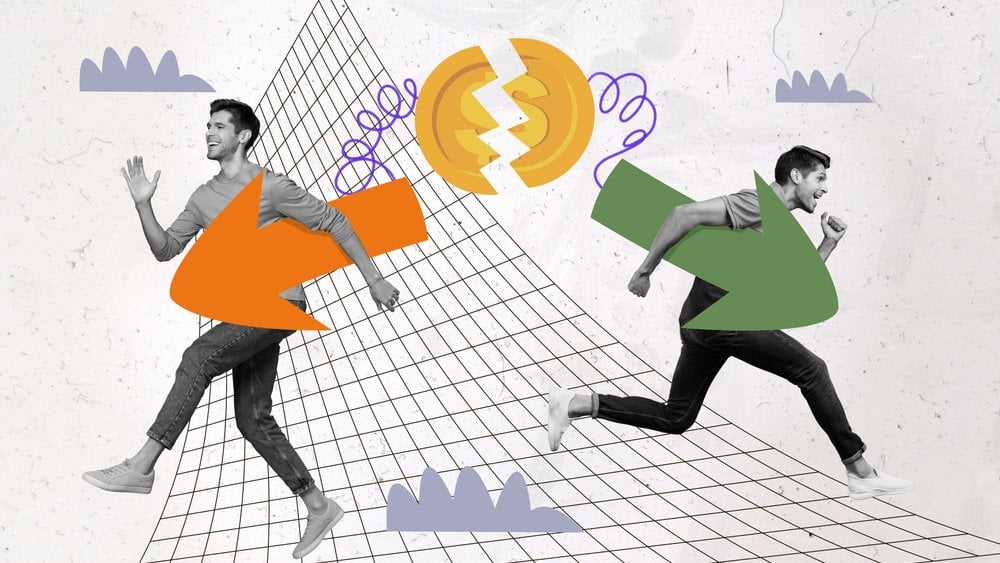
In February 2009 Jack Dorsey had recently departed from Twitter, which he co-founded. But he was already getting excited about his next idea. When his longtime friend Jim McKelvey, a glass blower from St. Louis, lost out on the sale of a $2,000 piece because he was unable to accept credit cards, together they realized that their powerful smartphone devices should be able to process credit cards.
So Jack sat down in his apartment with engineer Tristan O’Tierney and drew a series of rough sketches to show how a smartphone credit card app might work. Over that year, he continued elaborating his vision with more drawings. These are the earliest written blueprints for what became Square, a mobile payment system that would enable everybody with something to sell to accept credit cards, whether a mega-company like Starbucks (which now uses Square) or a kid selling lemonade on the sidewalk. Like Twitter, it was a tool for empowerment, or as one of Dorsey’s friends says “a democratization machine, like all of Jack’s ideas.” In addition to the software, Square employs a special credit card plug-in that is inserted into the headphone jack of a smartphone or iPad. The service first became publicly available in October 2010. These drawings are now displayed in Square’s San Francisco offices.

Dorsey’s First Square Scribbles
In February 2009 Jack Dorsey had recently departed from Twitter, which he co-founded. When his longtime friend Jim McKelvey, a glass blower from St. Louis, lost out on the sale of a $2,000 piece because he was unable to accept credit cards, together they realized that their powerful smartphone devices should be able to process credit cards. So Jack sat down in his apartment with engineer Tristan O’Tierney and drew a series of rough sketches to show how a smartphone credit card app might work. Over that year, he continued elaborating his vision with more drawings.















